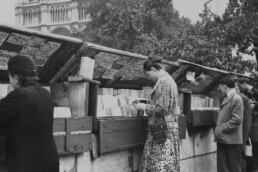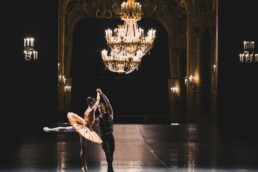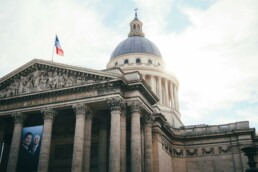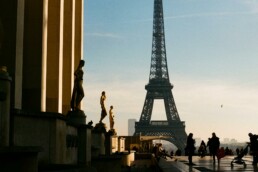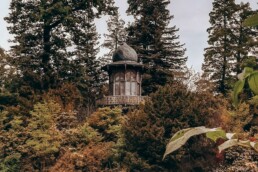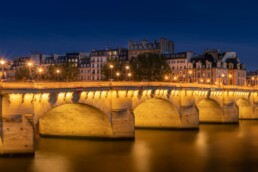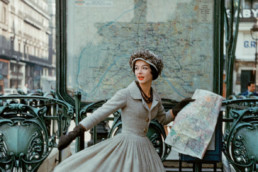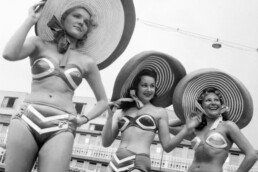Throughout the centuries, the Seine, like a silvery vein winding through Paris, has played a central role in the history of the capital, bringing life, commerce, and artistic inspiration. More than just a watercourse, the Seine is a living entity, a silent witness to the evolutions and revolutions, the triumphs and tragedies that have marked the Parisian soul.
The journey of the Seine begins long before it reaches Paris, but it is in the heart of the City of Light that it reveals its full majesty. In Paris, the Seine is punctuated by a series of historical bridges that, in their own ways, tell part of the city’s story. The Pont Neuf, for example, is paradoxically the oldest, inaugurated in 1607. This bridge, the first to be uncovered, offered pedestrians an unobstructed view of the river and its surroundings. Its construction was a colossal endeavor for its time, involving years of hard work and architectural genius. Under the arches of the Pont Neuf, the equestrian statue of Henri IV serenely contemplates the flow of passersby and tourists.
The Pont des Arts, with its airy structure, has become a symbol of love in Paris. Lovers from around the world used to come to attach locks symbolizing their eternal love before the practice was halted to preserve the bridge. The keys to these locks, thrown into the Seine, are carried away by the current, mingling their promises with the river’s unending rhythm.
The banks of the Seine themselves are places rich in life and history. Paved and lined with trees, they have been the refuge of booksellers for centuries. These sellers of old books, engravings, and postcards continue a tradition several generations old, offering strollers the chance to discover forgotten treasures of literature and art. The green stalls of the booksellers have become icons of Parisian culture, a constant reminder of the city’s rich literary past.
Throughout the seasons, the banks of the Seine transform, hosting various events and gatherings. In summer, they become urban beaches where Parisians come to relax, recreating a holiday atmosphere in the heart of the metropolis. The terraces of cafés, strollers, and street artists add to this joyful and continuous animation.
The boats that navigate the Seine add another dimension to the Parisian experience. The bateaux-mouches, with their large windows and nighttime illuminations, offer tourists a unique perspective on Paris’s iconic monuments. Notre-Dame, the Louvre, the Eiffel Tower, are revealed in a new light, their reflections in the water creating a play of light and movement.
A famous anecdote recounts that in 1889, on the occasion of the Universal Exposition, Gustave Eiffel himself took a bateau-mouche to contemplate his work from the river. The guests present, torn between admiration for the tower and awe for the illuminated city, witnessed a magical moment where the engineer’s genius and Paris’s beauty intertwined.
The barges moored along the banks add a picturesque touch to the urban landscape. Some have become cultural spaces, housing art galleries, bookstores, or literary cafés. These barges, true islands of tranquility, are havens of peace in the hustle and bustle of Parisian life, spaces where time seems to stand still.
The Seine, with its meanders and changing reflections, is much more than a simple river running through Paris. It is an invitation to daydream, an open book on the city’s history. The bridges, the banks, the boats, each element is a page written in the ink of memories and hopes. Each stone, each paving stone, each wave is a phrase in an eternal narrative, a chronicle of Parisian life where every moment is etched in water and time.
Thus, walking along the Seine, one cannot help but feel the presence of past generations and future dreams, gently floating on the current, telling those who listen the endless story of Paris and its river.

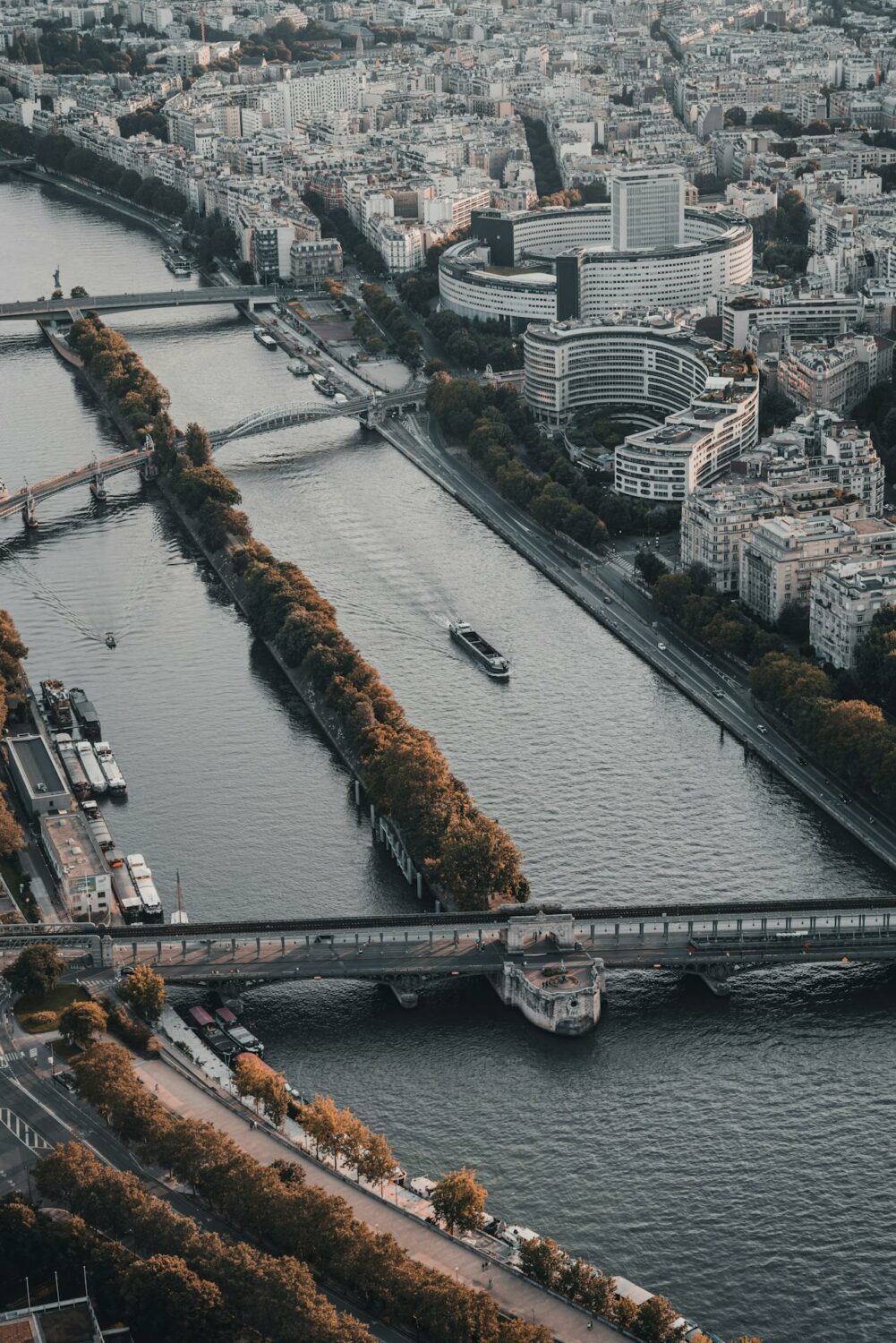
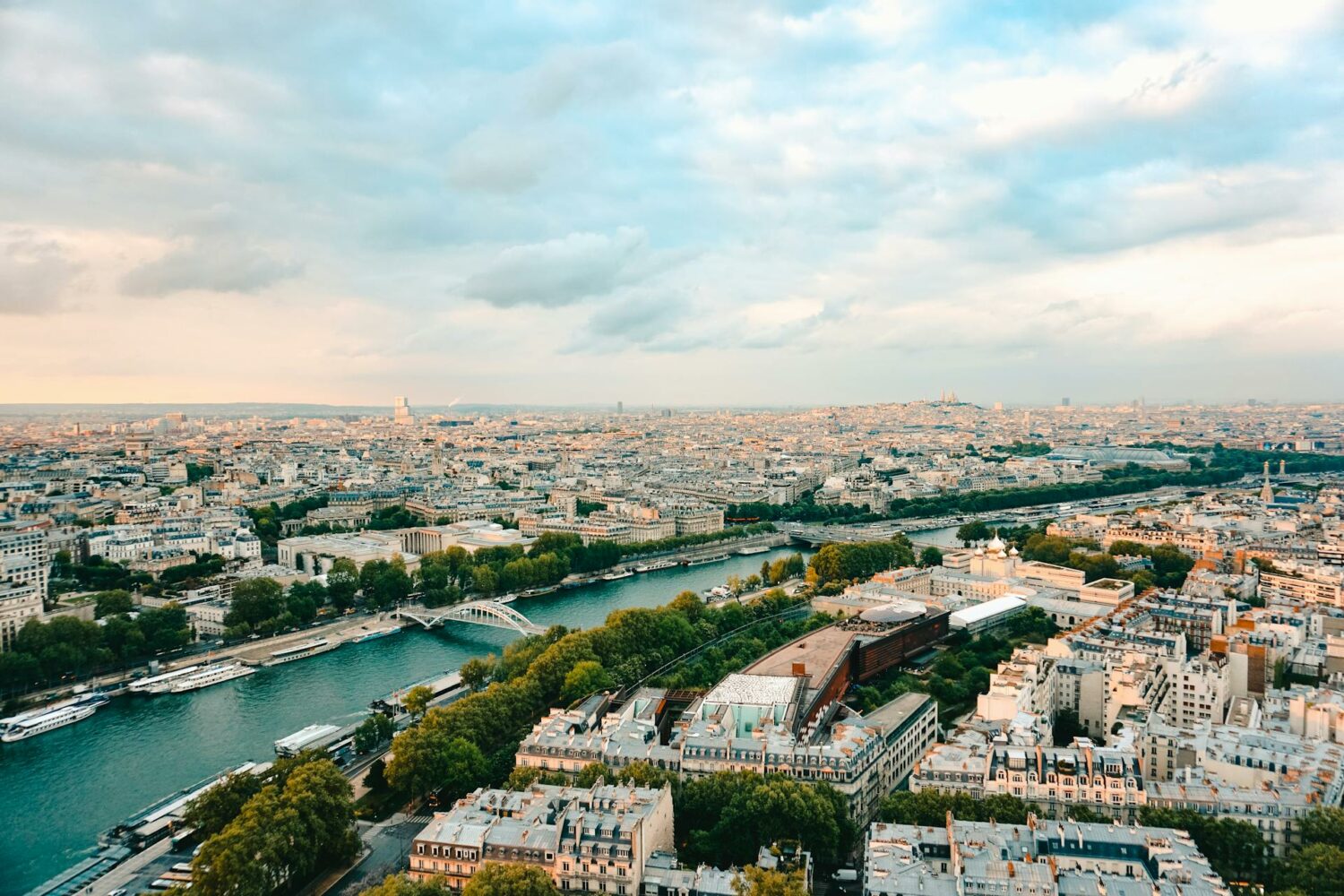
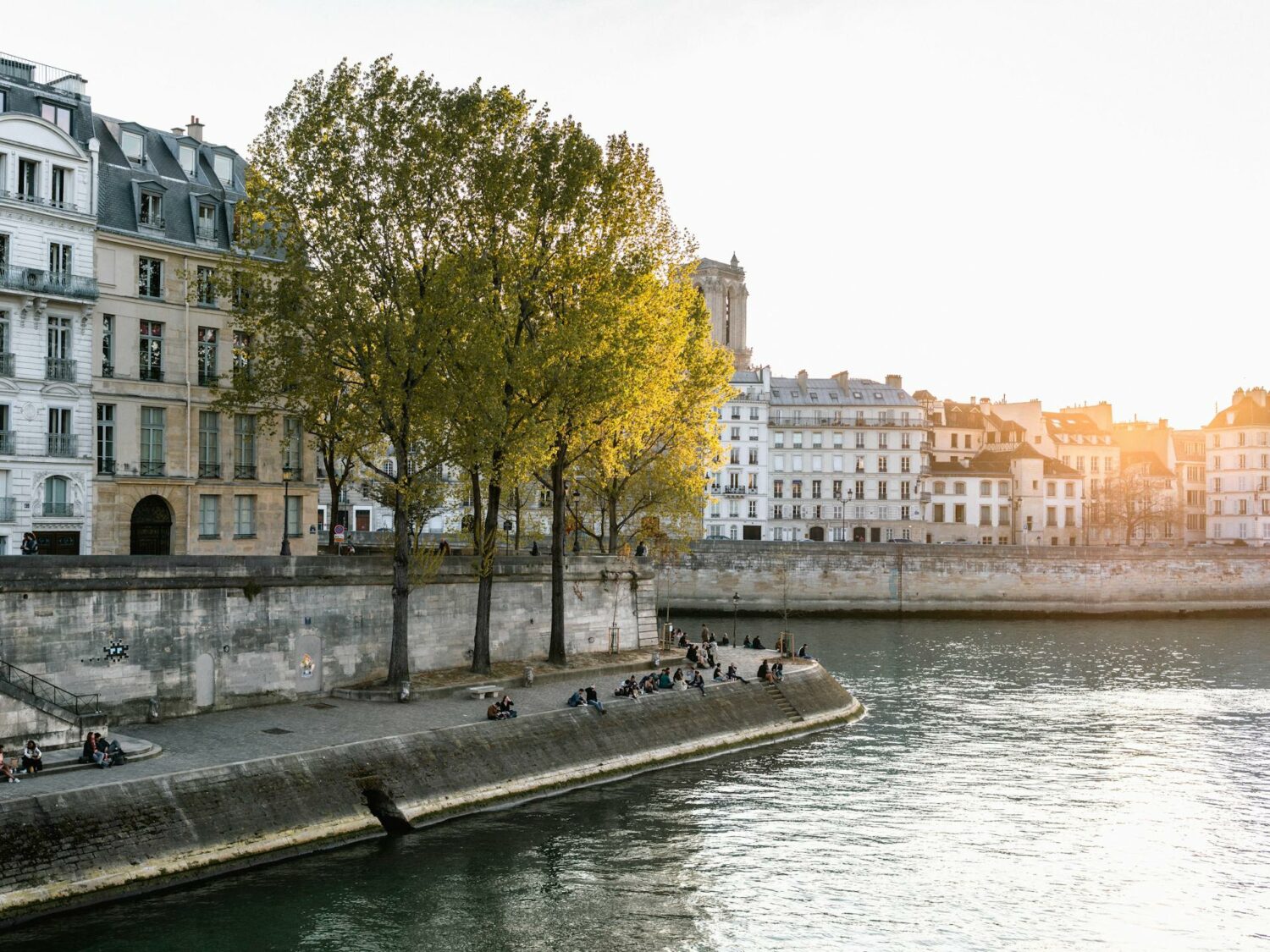

Lire également :
11 November 2024
The Booksellers of the Seine: Guardians of Dreams and Memories
5 November 2024
Through the Veils of Creation: CHANEL and the Paris Opera
5 November 2024
The Pantheon: A Republican Sanctuary in the Heart of Paris
5 November 2024
The History of the Trocadéro: A Parisian Memory
5 November 2024
The History of the Bois de Boulogne: A Parisian Reminiscence
5 November 2024
The History of the Pont Neuf: A Parisian Reminiscence
29 June 2017




